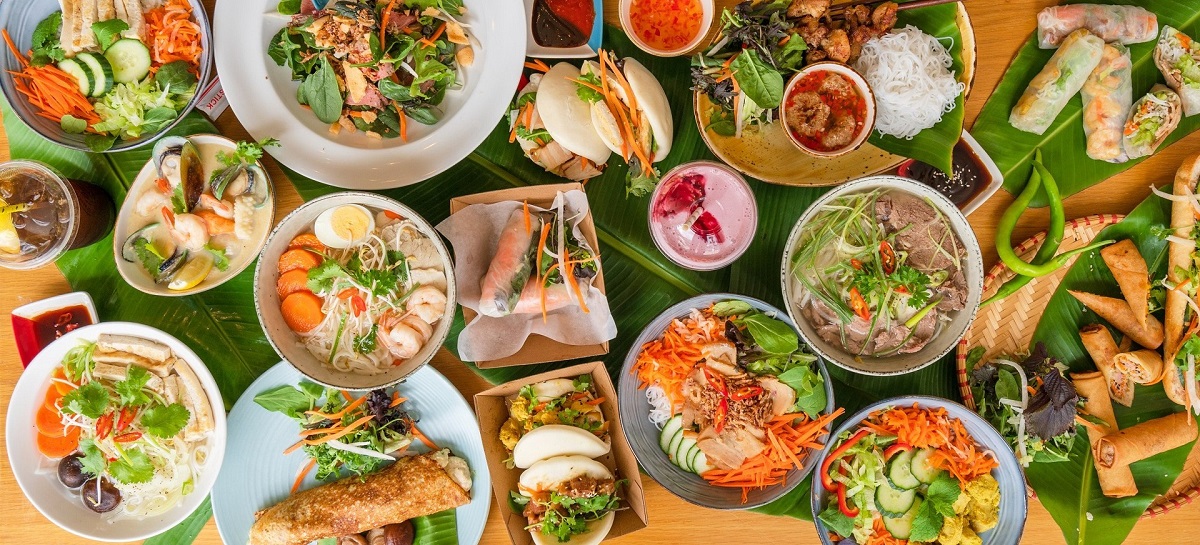Hanoi Old Quarter A Journey Through Time – Welcome to Hanoi’s Old Quarter, a captivating neighborhood that takes you on a mesmerizing journey through time. Nestled in the heart of Vietnam’s capital city, this historic district is a living testament to Hanoi’s rich cultural heritage and vibrant past.
I. Introduction – Hanoi Old Quarter A Journey Through Time
1.1 The Charm and Significance of Hanoi’s Old Quarter
Hanoi’s Old Quarter is a captivating ancient district that is not just a tourist attraction, but a living testament to the city’s past and present. The narrow streets and old buildings tell stories of traders and artisans, and it is a vibrant hub where tradition meets modernity. The Old Quarter offers a taste of timeless flavors, hidden courtyards, and a cultural heritage that has left an indelible mark on the heart of Vietnam’s capital.

1.2 Setting the Stage for a Historical Journey
When you embark on a historical voyage, it’s like stepping into a time machine and traveling back in time to learn about the people, events, and stories that helped to create the world we live in today. One must equip themselves with curiosity, an open mind, and a desire to learn in order to prepare for such a voyage.
It’s crucial to conduct in-depth research, compile as much data as you can, and organize your schedule appropriately. Travelers should prioritize seeing historical sites, museums, and other major attractions. But experiencing the local culture fully, mingling with the populace, and taking note of their way of life are just as significant.
A trip through history teaches us about the past, but it also aids in understanding the present and influencing the future.

Top 10 Fast and Reliable Visa Services in Hanoi – Visa services near you
II. Origins and Early History
2.1 The Birth of Hanoi
The city of Hanoi, which lies in the north of Vietnam, has a lengthy and illustrious history that dates back more than a thousand years. The emperor Ly Thai To, who selected Hanoi as the seat of the newly established Ly dynasty, is thought to have created the city around 1010 AD.
The city’s ideal location along the Red River’s banks gave it access to both simple commerce routes and good area for agriculture. Hanoi developed into an affluent city with a thriving cultural and artistic scene during the course of many dynasties.
Significant historical occurrences took place there as well, like the Vietnamese soldiers’ 1945 triumph against French colonialists.
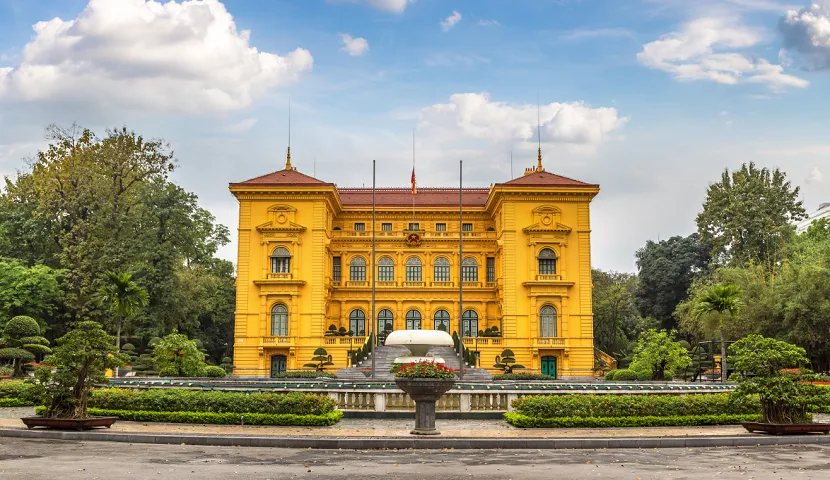
2.2 Hanoi’s Old Quarter: the Formation
The 36 Streets, sometimes referred to as the Old Quarter of Hanoi, is a historically significant neighborhood that was first settled in the early 13th century. Many of the early streets, such Silk Street, Tin Street, and Bamboo Street, were given their names after the items that were marketed there.
As Hanoi expanded in size and significance, the Old Quarter developed into the center of the city’s commerce, drawing traders and craftspeople from all over China and Vietnam. A distinctive architectural style with small, tube-like dwellings and stores that open into the street developed throughout the ages.
The region has gained popularity for its street cuisine, which is still a top draw for tourists today. The Old Quarter, which showcases Hanoi’s rich customs and past, continues to be a significant cultural and historical site despite growth and modernisation.

2.3 Early Traders and Craftsmen
The growth of Hanoi was greatly aided by traders and artisans. Due to its advantageous location on the Red River’s banks, the city developed into a significant commerce hub that attracted traders from surrounding regions.
Foreign traders from Vietnam, China, and other nations flocked to the city to buy and sell items including silk, tea, spices, and pottery. As these trade channels expanded, Hanoi saw the emergence of a thriving population of talented artisans who produced exquisite and elaborate wood carvings, fabrics, and ceramics.
Due to its reputation for fine workmanship, Hanoi drew customers from all over the world and developed into a hub for the creation of art and culture. The city’s rich creative heritage are still on display in the traditional artisan villages and markets of Hanoi, which continue to draw tourists.

III. Architectural Heritage
3.1 Traditional Vietnamese Architecture
Vietnamese traditional architecture is renowned for its brevity, usefulness, and harmony with the environment. The use of wooden pillars and beams to support a thatched or tiled roof is this style’s most defining attribute.
Buildings frequently had open courtyards and gardens and were made to fit in with the surroundings. The use of ornamental items like carved wooden doors, window frames, and roof tiles—many of which had elaborate designs and patterns—is another trait that defines the style.
Chinese and French architectural styles both had an impact on traditional Vietnamese construction, but it also has its own unique personality.

3.2 Ancient Houses and Temples
Some of the best examples of traditional Vietnamese architecture are the old homes and temples. These ancient structures may be found all across the nation and serve as a testament to Vietnam’s rich architectural and cultural legacy.
Many of these buildings are composed of materials like wood, brick, and stone and are distinguished by their elaborate patterns and ornamental components. Ancient homes were built with a serene, harmonious atmosphere in mind and frequently had courtyards and gardens.
On the other side, temples are often large, imposing buildings created to commemorate different deities in the Vietnamese pantheon. Many of these structures have endured wars, fires, and natural calamities for many years.

3.3 Street Layout and Design
The Old Quarter of Hanoi, which dates back to the 11th century, is an important and picturesque district that highlights the city’s rich legacy.
It is the city’s business and cultural hub and boasts winding lanes lined with traditional shophouses, old temples, street food sellers, and marketplaces.
It is possible to explore it and take in the distinctive architecture, lively street life, and delectable regional food. It greatly adds to the city’s unique personality and charm.

IV. Daily Life in the Past
4.1 Bustling Markets and Street Vendors
Vietnam’s markets and street vendors, who offer everything from fresh vegetables and seafood to handicrafts and souvenirs, are a vibrant and essential aspect of daily life.
In addition to tiny cafes and street food sellers, markets are sometimes conducted in vast open areas or covered marketplaces.
All across the city, there are street vendors that draw both locals and visitors to their mobile shops offering a variety of goods.
These crowded, vibrant markets and street sellers offer a genuine, one-of-a-kind shopping experience while showcasing Vietnam’s rich cultural and gastronomic traditions.

4.2 Traditional Crafts and Trades
Vietnamese culture and economy both heavily rely on traditional crafts and trades. Pottery, wood carving, lacquerware, needlework, and other popular crafts are all crafted by artisans using time-honored methods.
Many of these abilities are handed down and relatively unaltered across the generations. Rural regions continue to perform traditional trades like basketry, weaving, and blacksmithing to produce useful things. For Vietnam’s economic and cultural legacy to survive, these talents must be preserved and promoted.

4.3 Community Life in the Old Quarter
Living in tiny, constrained homes and trading items in the local market, people of Hanoi’s Old Quarter enjoy a deep and active sense of community.
Each of the 36 streets has its own specialty, and many of the locals have lived there for many years. The neighborhood holds parades and festivities all year long to mark traditional holidays and festivals. The Old Quarter has a strong and enduring feeling of community despite its difficulties.
.jpg)
Embassies in Vietnam – Nurturing Connections and Bridging Cultures
V. Cultural Significance
5.1 Festivals and Celebrations
Cultural Significance – Around the world, festivals and celebrations are an essential part of many cultures, bringing people together to commemorate significant occasions and customs. These celebrations may involve religion or secularism and feature costumes, music, dance, and cuisine.
They can be associated with natural phenomena, historical occurrences, or religious people. They are frequently commercially significant, bringing in money and drawing tourists. Festivals continue to play a vital role in communities, despite changes throughout time.

5.2 Religious Traditions
The Old Quarter of Hanoi has strong religious traditions that are a reflection of the city’s diverse cultural heritage. These traditions infuse daily life with a feeling of spirituality, from lively Taoist and Confucian influences to historic Buddhist temples like the Tran Quoc Pagoda.
Visitors have the rare chance to get immersed in the spiritual activities that have molded the Old Quarter’s identity for generations by witnessing people lighting incense, making offerings, and taking part in traditional ceremonies.
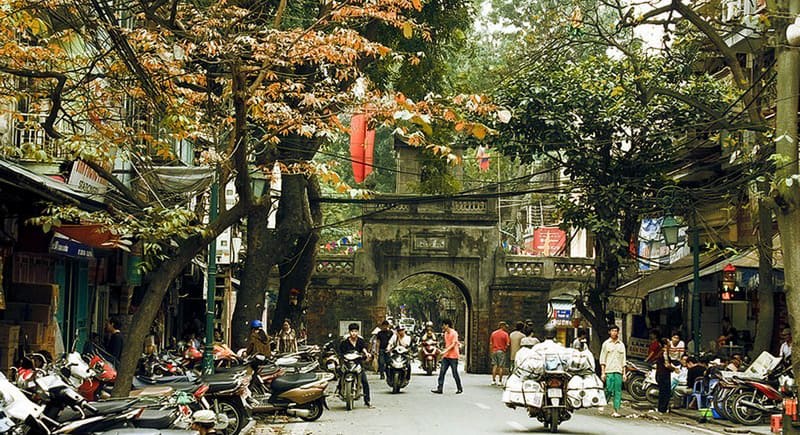
5.3 Folklore and Legends
The Old Quarter of Hanoi is woven with folklore and tales, lending a magical thread to the city’s historical fabric. Through the ages, people have been telling each other tales of fantastical animals, legendary heroes, and mysterious occurrences.
Stories about guardian spirits residing in old banyan trees to the legend of the magical sword in Hoan Kiem Lake are an essential component of the Old Quarter’s character and captivate both residents and visitors with their timeless appeal and feeling of wonder.

VI. Evolution and Modernization
6.1 French Colonial Influence
The architecture, gastronomy, and culture of Hanoi’s Old Quarter have all been profoundly influenced by the French colonial period. One comes across colonial-era houses with lovely balconies, cafés serving French pastries, and ruins of French-style homes while strolling through its twisting lanes.
The district’s appeal is enhanced by the way in which this time period and the city’s extensive Vietnamese heritage have merged.

6.2 The Old Quarter in the 20th Century
The Old Quarter of Hanoi saw turbulent transformation as well as lasting traditions during the 20th century. It experienced the First and Second Indochina Wars, as well as the city’s battle for independence.
Despite these obstacles, the Old Quarter remained a thriving center of trade and culture.
The district’s traditional architecture and customs were preserved over the century, and they today stand as a tribute to the fortitude and spirit of its citizens who overcame adversity while preserving the neighborhood’s distinctive identity.
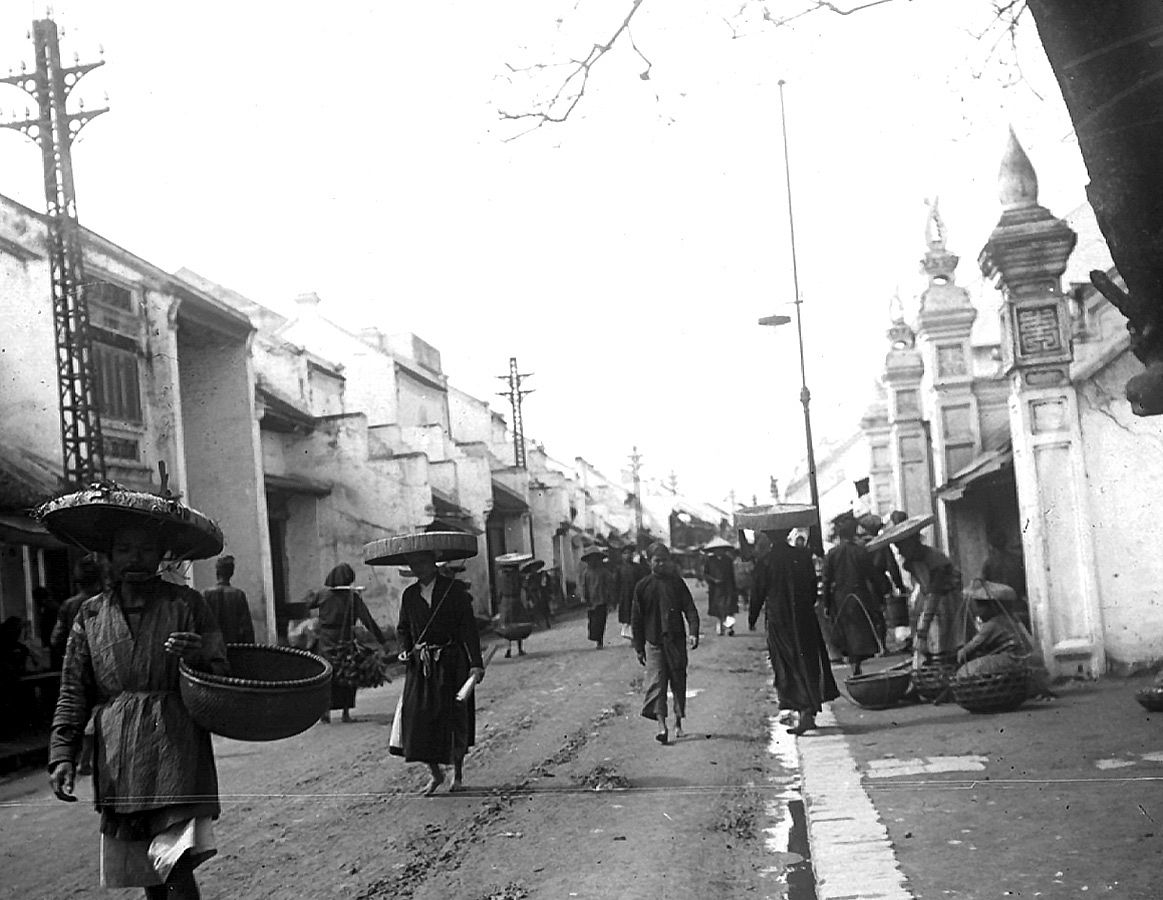
6.3 Preservation Efforts and Challenges
The continuous effort to preserve Hanoi’s Old Quarter has been characterized by a careful balancing act between preservation and development. Restoration initiatives and UNESCO accreditation have all been undertaken in an effort to safeguard the city’s ancient structures, streets, and cultural assets.
The area must deal with demands from industrialization and urbanization, nevertheless. To maintain the Old Quarter’s timeless elegance while accommodating the requirements of a developing city and maintaining its cultural history for future generations to enjoy, it is essential to strike this balance.

VII. Exploring Hanoi’s Old Quarter Today
7.1 Must-Visit Landmarks
The Old Quarter in Hanoi is home to several must-see attractions that highlight the city’s rich history and culture. The Hoan Kiem Lake stands out among them as a tranquil oasis with the recognizable Turtle Tower, while the Temple of Literature celebrates Vietnam’s literary greats and Confucian tradition.
The One Pillar Pagoda is well known for its distinctive design and spiritual importance. It is a UNESCO World Heritage site. Visitors may find hidden jewels like the Bach Ma Temple and the bustling Dong Xuan Market by exploring the Old Quarter’s winding lanes, all of which add to the neighborhood’s ongoing appeal.

7.2 Culinary Delights
The Old Quarter of Hanoi is a gourmet haven, offering a mouthwatering variety of culinary treats. The neighborhood is a food lover’s heaven, from the fragrant pho booths that line its busy streets to the delicious delights of banh mi sellers.
Local restaurants serve up traditional fare like bun cha and bun bo Nam Bo, while lovely cafés are great places to get a strong cup of Vietnamese coffee.
The Old Quarter is a must-visit location for visitors looking for a real flavor of Vietnam, thanks to the street food sellers that provide meals like crunchy spring rolls and bun thang.
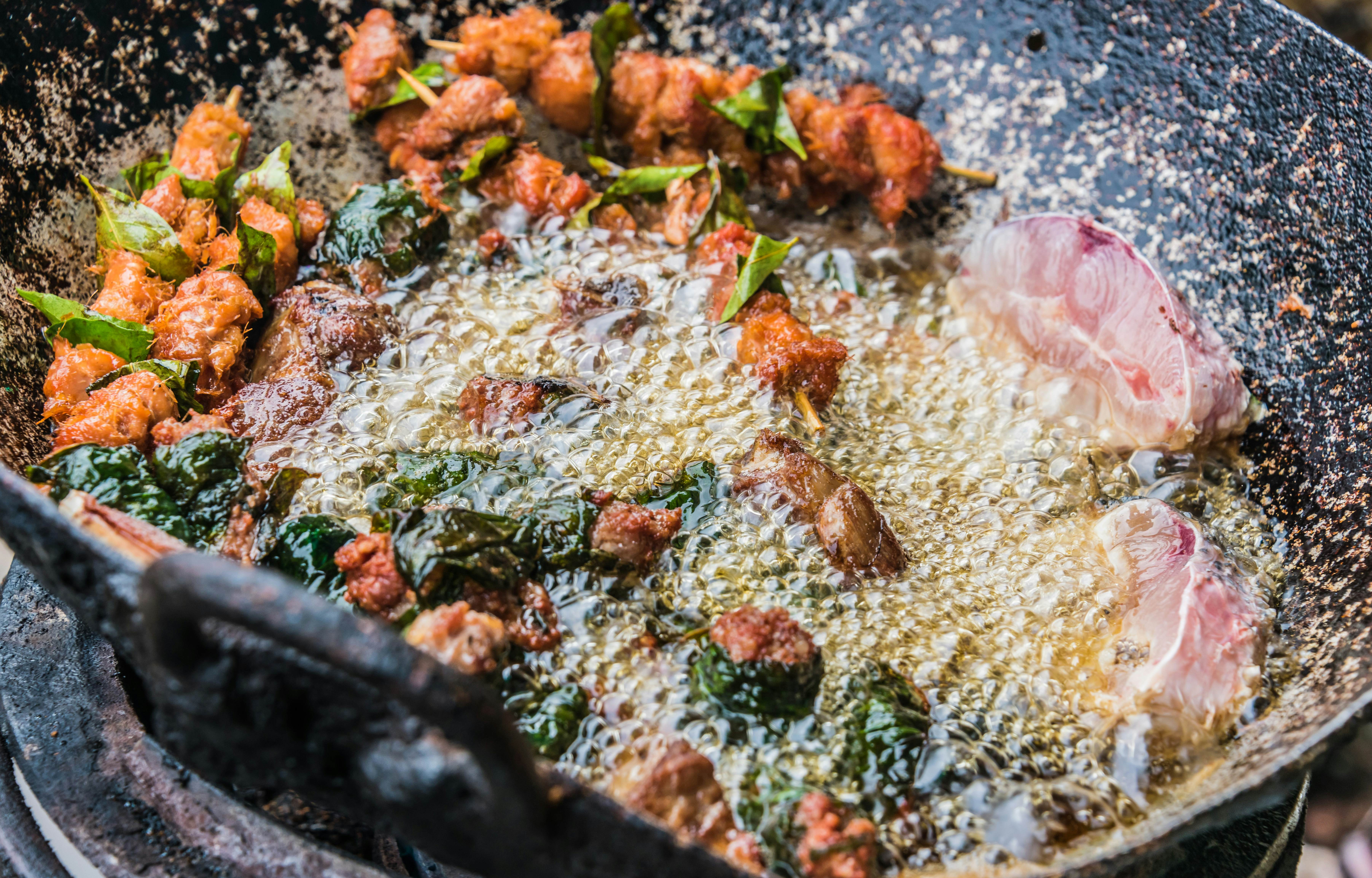
7.3 Shopping for Traditional Handicrafts
The Old Quarter in Hanoi is a great place to shop for traditional handicrafts as it takes you on a delightful tour of Vietnam’s artistic past.
The neighborhood is full with charming stores and marketplaces selling a variety of handcrafted goods. Visitors may browse shops that specialize in lacquerware, silk goods, ceramics, and exquisitely carved bamboo items, all of which are manufactured using ancient methods and with great attention to detail.
Here, bargaining is a part of the shopping experience, enabling visitors to not only buy one-of-a-kind trinkets but also interact with local craftsmen and take in the Old Quarter’s bustling market culture.

VIII. The Future of Hanoi’s Old Quarter
8.1 Challenges in Preservation
The Future of Hanoi’s Old Quarter – It is difficult to maintain Hanoi’s Old Quarter under demands from fast urbanization and growth since it calls for striking a balance between maintaining its historical appeal and meeting the expanding needs of the city.
Maintaining aged structures, limiting commercialization, and controlling tourism to prevent it from interfering with the way of life in the area are challenges. Effective urban planning and conservation initiatives are essential for maintaining its distinctive culture and architecture.
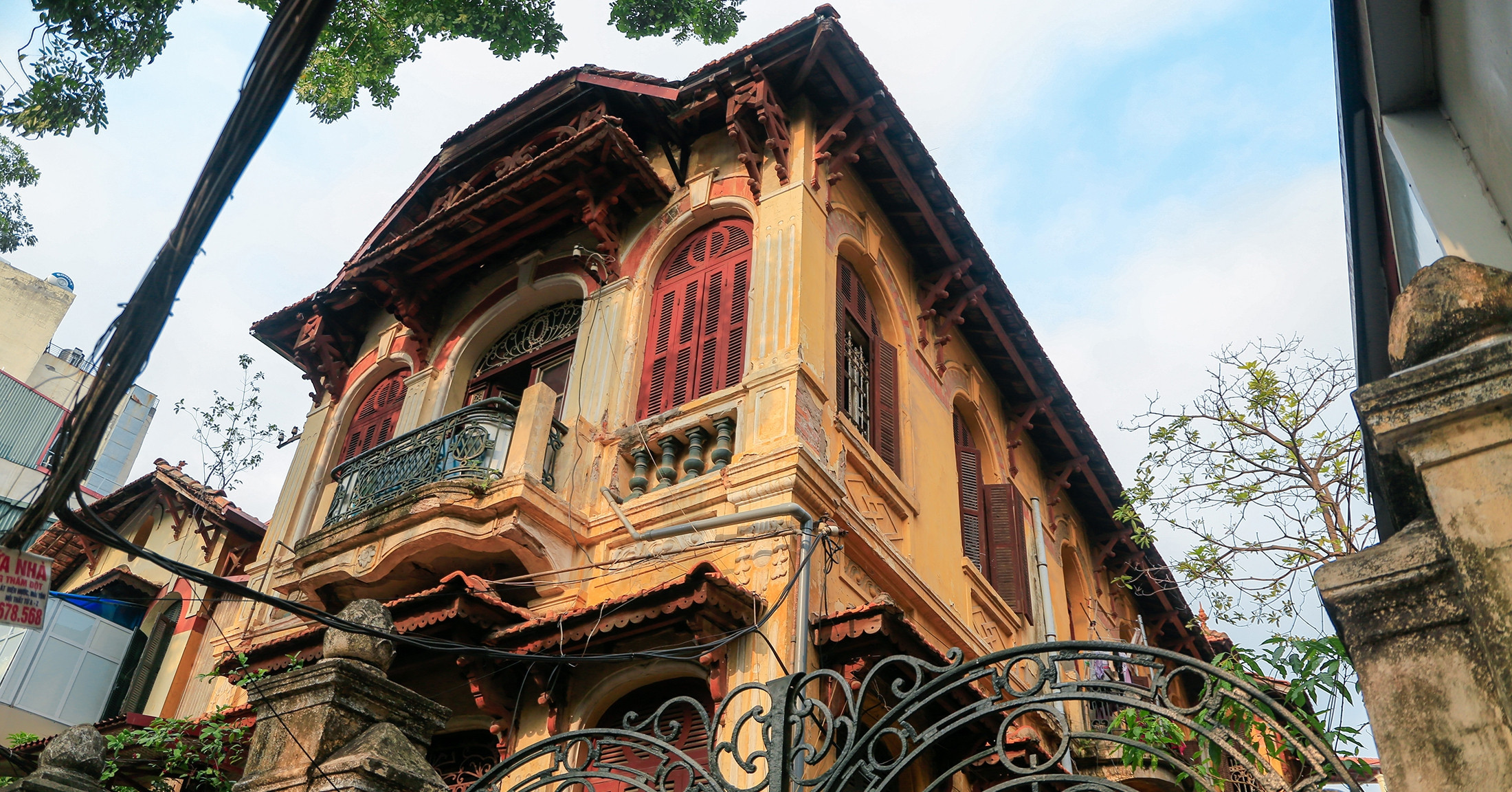
8.2 Balancing Tradition and Modernity
The Old Quarter of Hanoi struggles continually to strike a balance between tradition and modernization while maintaining its historical essence. It encourages sustainable tourist practices while acknowledging the necessity for economic growth and contemporary facilities.
To ensure that new development and infrastructure upgrades blend with the district’s historic characteristics, careful urban planning and zoning rules are essential. The district’s allure is largely based on this careful equilibrium.
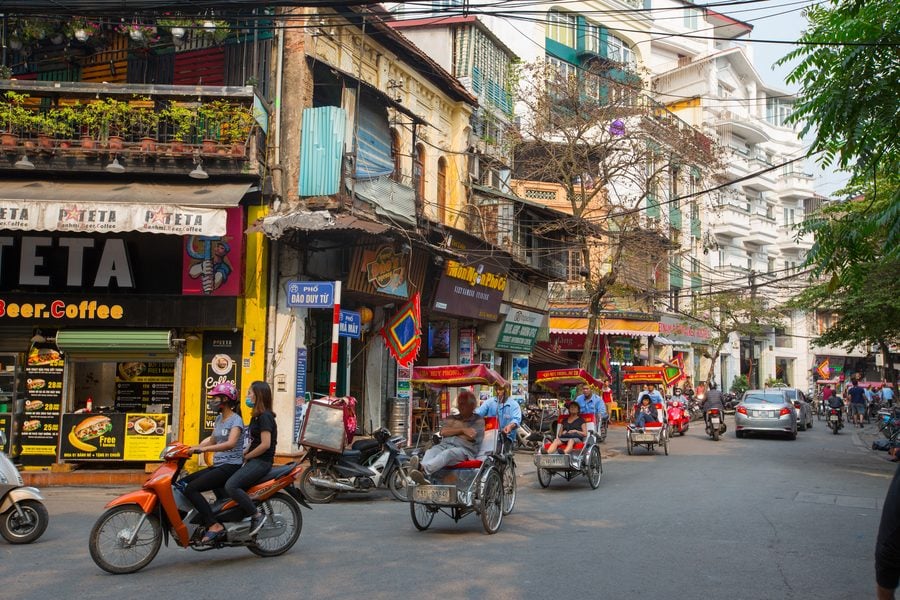
8.3 Preserving the Legacy for Future Generations
It is everyone’s duty to protect the Old Quarter of Hanoi for future generations. To ensure that the district’s rich past continues to inspire and educate, efforts are being made in historical preservation, cultural promotion, and sustainable development.
Hanoi’s Old Quarter strives to leave a lasting legacy for future generations by preserving the authenticity of its streets, architecture, and traditions and by passing down the stories and values ingrained within its history. This will enable them to appreciate and celebrate the special charm and cultural significance of this historic area.
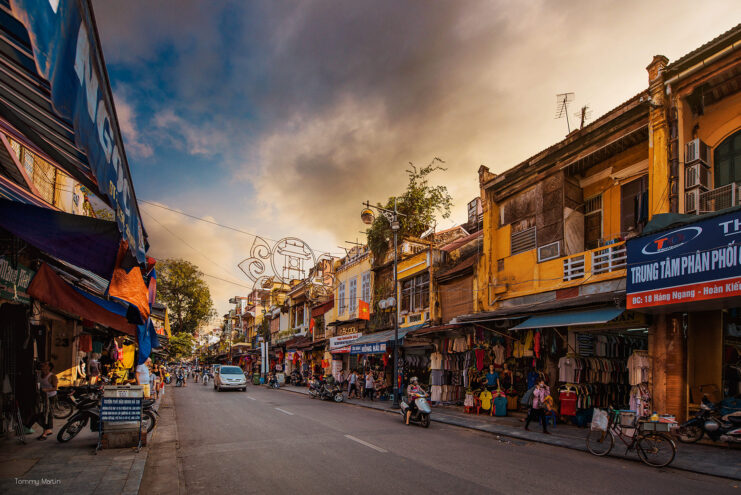
IX. Conclusion
9.1 Reflecting on the Timeless Beauty of Hanoi’s Old Quarter
It is a trip through history, culture, and the continuing spirit of a place that has withstood the test of time to consider the timeless beauty of Hanoi’s Old Quarter. In addition to being historical artifacts, the city’s meandering avenues, old temples, and bustling marketplaces serve as live reminders of its rich legacy.
The area’s ability to perfectly meld history and contemporary produces a magical atmosphere that mesmerizes both tourists and residents. The Old Quarter in Hanoi is more than simply a historical treasure; it is a lively, living heritage that never fails to amaze and inspire visitors and provides a window into the heart of Vietnam’s capital.
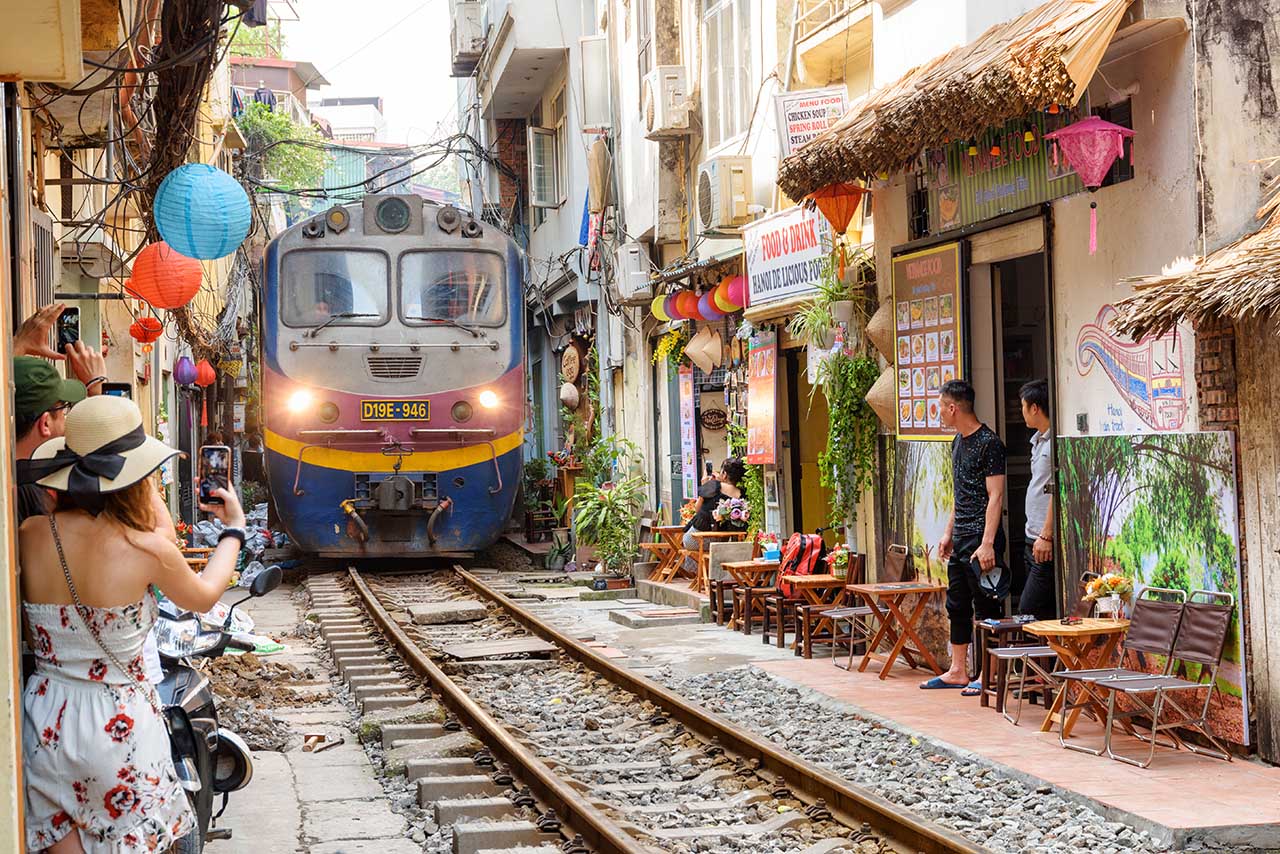
9.2 The Enduring Spirit of the Quarter
Hanoi’s Old Quarter has endured for so long because of its inhabitants’ tenacity and unshakable commitment to protecting their cultural heritage. The neighborhood has managed to maintain its own personality and ageless attractiveness despite the passage of time and the difficulties of modernisation.
Traditions are kept there, tales are exchanged, and the sense of community is strong. A destination that continues to be a vibrant representation of Hanoi’s history and culture, the Old Quarter has managed to change with the times while maintaining its own identity.






